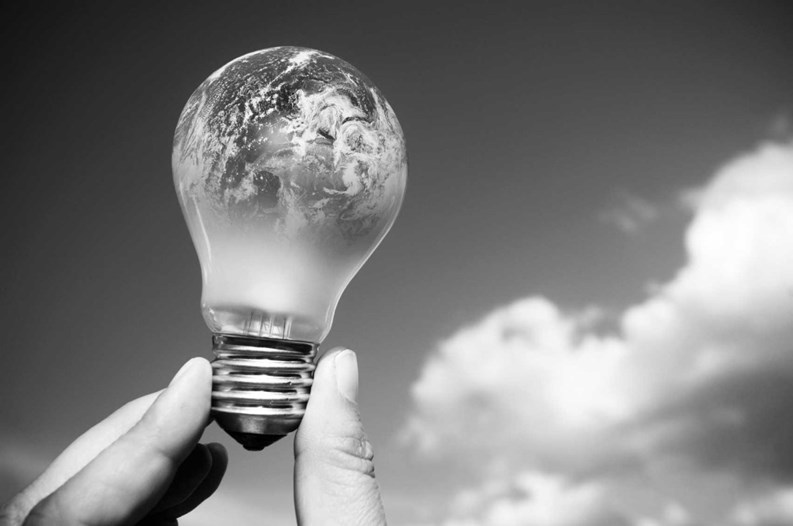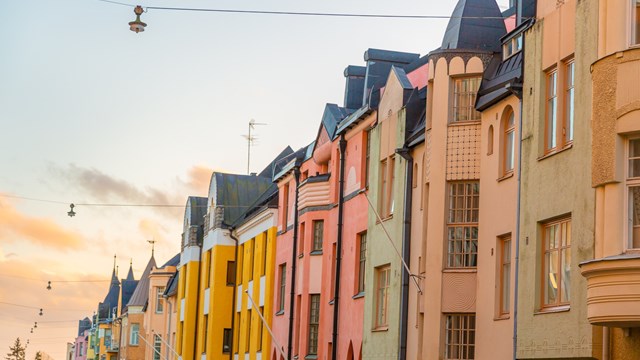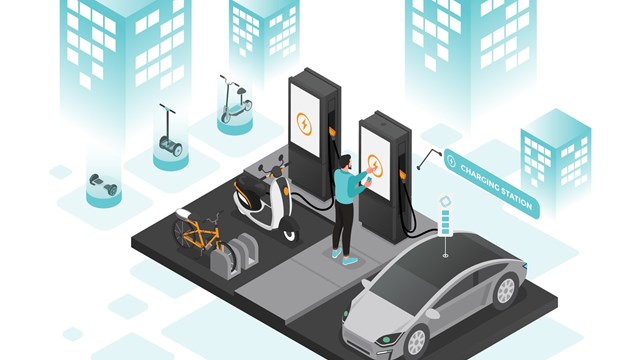The realities of a depressed real estate market have finally settled upon New York City. We’ve seen a significant drop in sale prices over just the past few months. This has been coupled with a rapid increase in inventory levels as units stay on the market longer, further exacerbating this downward spiral in price. While there are many reasons for the slump in the housing market that can and have filled many other articles and columns, the real question is what can a building do to attract new buyers and to keep existing owners in their units in the future. Green design and energy efficiency improvements provide an opportunity for buildings to address demand for and price of their units on the market.
Over the last decade as demand and prices increased in New York City, luxury became a more important tool to market a building and attract buyers. Co-ops were being renovated with expensive appliances and materials with lavish finishes to provide added value to existing units. The trend in new condo construction was to add on the amenities. Gyms, concierge and pools were necessary to set their buildings apart from others on the market and protect premium pricing. These additions were par for the course with buyers willing to pay for the sense of luxury bestowed on the property.
With fears of a deepening recession, the housing market is changing and many of these luxuries have become untenable from both a financial and lifestyle standpoint. There is a reevaluation of what potential buyers are willing to pay for. Is the increased cost of a gym in the building still an attraction or is it going to turn off a buyer that can just join the gym down the block? As a rising expense, common charges are justifiably being scrutinized more by potential owners and factoring into their decision process. Even those who can currently afford the costs are worried about their financial future or don’t want to be seen as living a life of excess in these economic times.
Measuring Value
The concept of providing measurable value is increasingly important for buildings. In searching for value buyers are going to pay more attention to a building’s financials and look for low carrying charges. Making energy-efficiency improvements shows buyers that building administrators are paying attention to finances and managing their building in a responsible way. This forward thinking helps prove to potential buyers that the building is committed to good management and controlling costs now and in the future. Reduced utility costs also provide more incentives for current owners to stay in their units. While green building may be thought of as a luxury that also might not survive a down market, it is actually one of the best value-added improvements that a building can make. These improvements reduce as opposed to raise common charges and increase value for owners. Energy-efficiency measures can normally cut usage by upwards of 20 percent, having real impact on a building’s charges. Energy efficiency provides an increased value to buildings that are more in line with current interest and demands of buyers.
In a saturated market it is still important for a building to attempt to differentiate itself from the other units on the market. This can still be accomplished through the luxury items that previously were tacked onto buildings, but we’ve seen that the perceived financial benefits of these amenities are questionable. What isn’t questionable any more is that green building is definitely growing in popularity. Awareness has grown to a level that potential buyers now understand the real benefits that green building can provide to the environment, health and value. Green building isn’t necessarily replacing historic factors in driving demand, but is an important addition.
According to Emma Hamilton, who is a certified EcoBroker with The Corcoran Group, “The three most important factors still remain: aesthetics, location and price. If all of those are in place—then most people would choose the green option over the non-green option.” Green building can grow demand and is one of the qualities buyers are looking for when considering where they want to live. It provides a clear advantage in comfort, value and marketability of buildings. While the three factors mentioned above are still driving purchasing decisions they are not mutually exclusive from green buildings. While location is something a building can’t change, aesthetics and price (value) are directly impacted by energy efficiency and green building practice.
The aesthetics and comfort level provided by green building absolutely attracts buyers. Green buildings are less drafty, make better use of natural lighting, have better indoor air quality and are more comfortably heated and cooled. The aesthetics of the materials are also unique and of a quality that people want. While there are still those who look for the new kitchen and park views, there are new and equally effective ways to market a building as better than the competition. This comes down to the positive associations people have with green buildings. Providing amenities like bike racks and filtered air speaks to buyers in the same way that pools might have in the past. Values are shifting and buildings should adapt to take the fullest advantage of the market.
While upgrading a building with energy-efficient measures provides real benefits, it does however require a level of investment and commitment. Energy efficiency improvements, though, are not any different than any other renovation. They are all done with the intention of increasing value and require an investment. Unlike other upgrades and renovations, there is free money available for green building improvements. Energy suppliers, state authorities and the government all provide rebates and tax credits to help finance various efficiency improvements. Some good places to start are www.dsireusa.org, which lists renewable and efficiency incentives by state, and the New York State Energy Research & Development Authority’s (NYSERDA) website at www.getenergysmart.com. Finally, EnergyStar has some good information on the federal tax incentives at http://www.energystar.gov/index.cfm?c=products.pr_tax_credits.
No one is going to pay you to redo your lobby in marble, but if you are looking to improve the efficiency of your lobby lighting, there’s potential financing help available. Green building and energy efficiency improvements are a new way that buildings can improve value and attract buyers in a down market and receive the funding help to make it possible when existing finances are tight.
Erik Nevala-Lee is a volunteer with GreenHomeNYC, a non-profit organization that helps New York City’s buildings go green. He can be reached at elee@greenhomenyc.org.







Leave a Comment